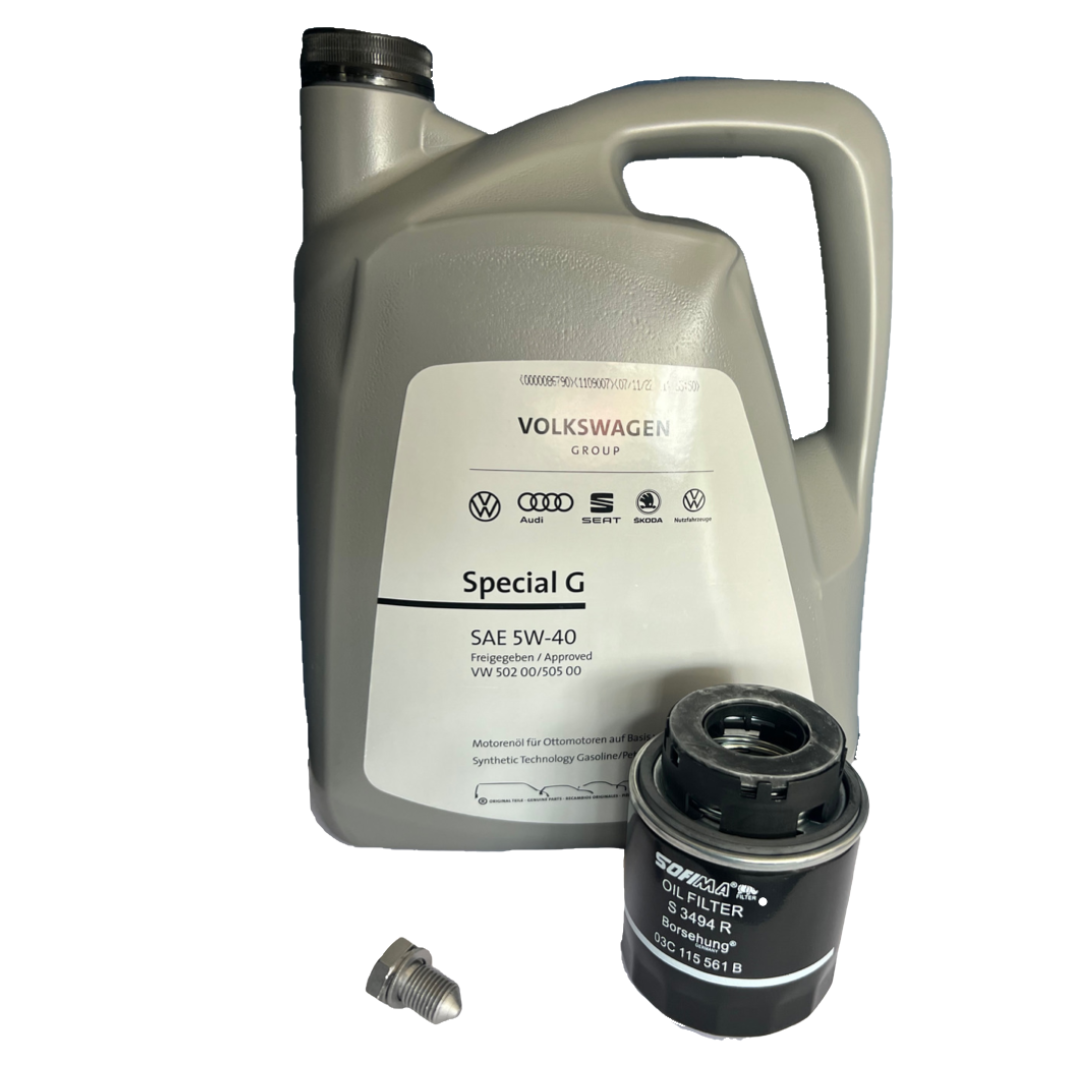Find a high-efficiency clp engine for your equipment.
Find a high-efficiency clp engine for your equipment.
Blog Article
Just How a Clp Engine Can Boost Performance in Different Industries
The arrival of CLP engines marks a significant change in operational performance throughout numerous markets, driven by their capacity to maximize gas usage and decrease downtime. Industries such as production and logistics stand to obtain substantially from their durable layout and regular power outcome, which assure to streamline procedures and enhance productivity. As companies significantly focus on sustainability along with effectiveness, the duty of CLP engines ends up being a lot more crucial. What continues to be to be seen is just how these improvements will shape the future landscape of industrial operations and their influence on broader economic patterns (clp engine).
Introduction of CLP Engines
CLP engines, or Continual Liquid Propellant engines, stand for a considerable development in propulsion technology, particularly for room applications. These engines use a continuous feed system that enables the sustained expulsion of propellant, bring about boosted performance and efficiency compared to standard solid or hybrid propulsion systems. By preserving a consistent circulation of liquid propellant, CLP engines can achieve more specific drive control, which is essential for maneuvering spacecraft in various goal situations.
The design of CLP engines incorporates innovative products and cutting-edge gas monitoring systems. clp engine. This causes decreased weight and raised dependability, important factors for long-duration room goals. Moreover, the continual operation minimizes the danger of burning instability, a typical challenge in traditional rocket engines.

Advantages in Manufacturing
The manufacturing of Continual Liquid Propellant (CLP) engines presents a number of remarkable advantages that enhance both efficiency and cost-effectiveness. Among the key benefits is the structured production process, which reduces the complexity connected with typical propulsion systems. By using liquid propellant, makers can attain higher precision in engine efficiency, causing maximized power output and decreased waste.
Additionally, CLP engines facilitate a greater degree of modularity, permitting much easier integration into numerous production lines. This flexibility can substantially lower lead times and boost general functional flexibility. Using CLP modern technology also has a tendency to decrease the requirement for extensive maintenance because of less moving parts, which translates into decreased downtime and operational expenses.

Applications in Logistics
Leveraging Continuous Fluid Propellant (CLP) engines in logistics uses considerable benefits in functional efficiency and integrity. These engines offer a robust service for numerous transport needs, enabling the smooth activity of products across huge distances. The inherent design of CLP engines enables consistent power output, which converts right into smoother and more foreseeable transportation schedules.
One of the vital applications of CLP engines in logistics is in durable products transportation, where they can drive both ground and aerial cars. Their capability to keep high performance under differing tons problems guarantees that delivery timelines are satisfied, consequently boosting client contentment. Furthermore, CLP engines can be incorporated into automated logistics systems, assisting in real-time monitoring and enhancing path preparation.
Moreover, the sturdiness of CLP engines reduces upkeep downtime, permitting logistics business to maximize their operational abilities. This is especially useful in warehousing operations, where effectiveness in taking care of and transporting items is crucial. As logistics proceeds to progress, the assimilation of CLP engines represents a forward-thinking strategy that not only boosts efficiency however additionally supports the industry's growing needs for integrity and speed.
Effect On Power Performance
Just How do Constant Liquid Propellant (CLP) engines boost energy effectiveness in transportation? CLP engines utilize a regular flow of fluid fuel, enhancing burning procedures and preserving a steady thrust output. This design decreases power losses connected with typical combustion engines, where fuel distribution can differ and lead to inadequacies.
The continual procedure of CLP engines permits for a much more efficient thermal cycle, resulting in higher certain impulse compared to standard engines. clp engine. This translates to decreased gas consumption for the same amount of work done, considerably decreasing operational expenses throughout various transport fields, including aviation and maritime sectors
Additionally, the capability of CLP engines to maintain ideal performance under differing tons problems minimizes the requirement for regular velocity and slowdown, even more improving fuel efficiency. Enhanced energy effectiveness not just adds to cost savings yet also brings about decrease greenhouse gas exhausts, straightening with global sustainability objectives.
Future Trends and Innovations
Emerging developments in Continual Fluid Propellant (CLP) engine innovation promise to revolutionize the landscape of transport efficiency and sustainability. As sectors pivot towards greener choices, CLP engines go now stand at the leading edge, incorporating cutting-edge products and layout approaches that enhance performance while reducing ecological effect.
One of one of the most encouraging fads is the adoption of hybrid systems that integrate CLP engines with renewable power resources. This synergy can enhance fuel consumption and minimize emissions, lining up with international sustainability see this site objectives. Improvements in computational liquid dynamics (CFD) are facilitating the style of more aerodynamically efficient engines, leading to decreased drag and boosted fuel performance.
Additionally, the advancement of clever tracking systems is readied to enhance operational performances. These systems utilize data analytics and IoT modern technology to maximize engine performance in real-time, ensuring that the engines run within their most reliable specifications.
As research continues to discover alternate propellant solutions-- such as biofuels and artificial fuels-- the future of CLP engines looks encouraging. By utilizing these innovations, sectors can not just improve their performance but additionally contribute considerably to a cleaner, much more lasting future in transport.
Conclusion
To conclude, CLP engines represent a significant development in efficiency across several markets. Their ability to optimize fuel consumption and decrease functional prices, incorporated with a continuous feed system, boosts power outcome and functional dependability. The more tips here integration of advanced materials and less moving components minimizes maintenance needs, while alignment with sustainability objectives settings CLP engines as a crucial modern technology for the future. Continued advancement in this field promises more improvements in efficiency and environmental efficiency.
Report this page